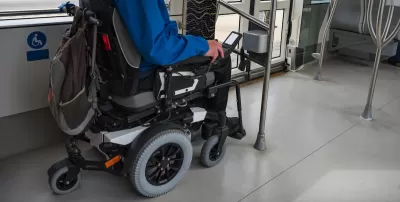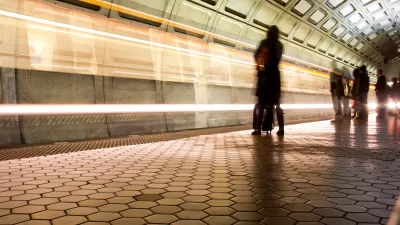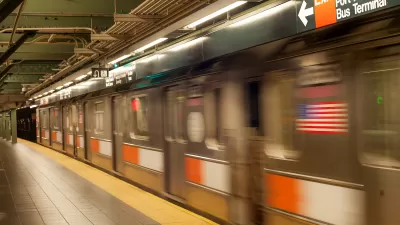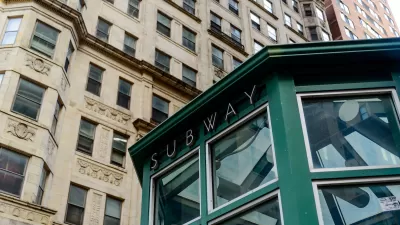A new rule aims to clarify accessibility requirements to help state and local DOTs upgrade their facilities more quickly to meet ADA standards.

The U.S. Department of Transportation has issued finalized guidelines for accessibility on public transit, reports Dan Zukowski in Smart Cities Dive.
According to the article, “The rule applies only to new or rebuilt public transit stops and shelters in the public right-of-way, including boarding areas, pedestrian access paths, fare vending machines and signage.”
The rule aims to create a set of uniform guidelines to help state and local DOTs understand accessibility needs and how to implement changes. “The 2021 infrastructure law made $1.75 billion available to state and local governments to help fund projects that repair, modify or retrofit public transportation rail stations for accessibility. In addition, DOT recently worked with Amtrak to increase accessibility at some of its train stations.”
Recently, USDOT has also issued recommendations for making electric vehicle charging stations accessible and improving accessibility on airplanes.
FULL STORY: US DOT issues final rule on accessibility standards for transit riders

Maui's Vacation Rental Debate Turns Ugly
Verbal attacks, misinformation campaigns and fistfights plague a high-stakes debate to convert thousands of vacation rentals into long-term housing.

Planetizen Federal Action Tracker
A weekly monitor of how Trump’s orders and actions are impacting planners and planning in America.

In Urban Planning, AI Prompting Could be the New Design Thinking
Creativity has long been key to great urban design. What if we see AI as our new creative partner?

King County Supportive Housing Program Offers Hope for Unhoused Residents
The county is taking a ‘Housing First’ approach that prioritizes getting people into housing, then offering wraparound supportive services.

Researchers Use AI to Get Clearer Picture of US Housing
Analysts are using artificial intelligence to supercharge their research by allowing them to comb through data faster. Though these AI tools can be error prone, they save time and housing researchers are optimistic about the future.

Making Shared Micromobility More Inclusive
Cities and shared mobility system operators can do more to include people with disabilities in planning and operations, per a new report.
Urban Design for Planners 1: Software Tools
This six-course series explores essential urban design concepts using open source software and equips planners with the tools they need to participate fully in the urban design process.
Planning for Universal Design
Learn the tools for implementing Universal Design in planning regulations.
planning NEXT
Appalachian Highlands Housing Partners
Mpact (founded as Rail~Volution)
City of Camden Redevelopment Agency
City of Astoria
City of Portland
City of Laramie





























